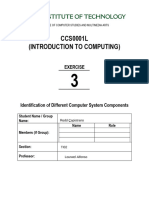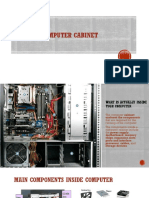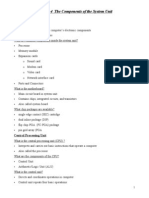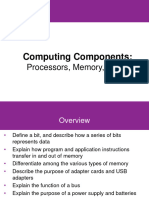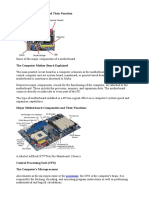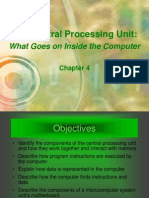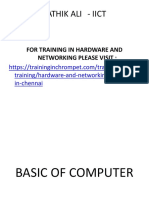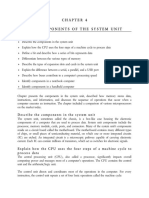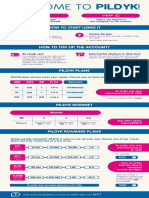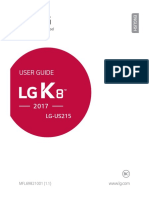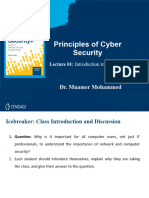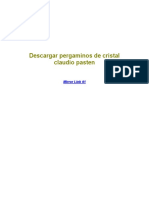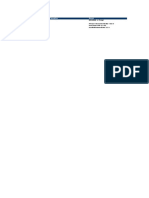0% found this document useful (0 votes)
117 views14 pages(M3-TECHNICAL) Hardware Components of Personal Computer
The document provides information about identifying different components of a computer system. It describes the main hardware components including the computer case, power supply, motherboard, CPU, cooling system, memory, adapter cards, storage devices like hard drives, floppy drives, optical drives, and flash drives. It explains the purpose and characteristics of each component to help students learn to describe and identify the internal parts of a computer system.
Uploaded by
christianmendoza2004Copyright
© © All Rights Reserved
We take content rights seriously. If you suspect this is your content, claim it here.
Available Formats
Download as PDF, TXT or read online on Scribd
0% found this document useful (0 votes)
117 views14 pages(M3-TECHNICAL) Hardware Components of Personal Computer
The document provides information about identifying different components of a computer system. It describes the main hardware components including the computer case, power supply, motherboard, CPU, cooling system, memory, adapter cards, storage devices like hard drives, floppy drives, optical drives, and flash drives. It explains the purpose and characteristics of each component to help students learn to describe and identify the internal parts of a computer system.
Uploaded by
christianmendoza2004Copyright
© © All Rights Reserved
We take content rights seriously. If you suspect this is your content, claim it here.
Available Formats
Download as PDF, TXT or read online on Scribd
/ 14
